Americans are obsessed with matcha tea - but we're drinking it all wrong
Meet Kathy YL Chan, a New Yorker by way of Hawaii who has been drinking matcha for as long as she can remember. She's a tea writer, importer, and all-around expert.

The first thing she taught me is that matcha should be sipped from a bowl, not a mug or to-go cup.
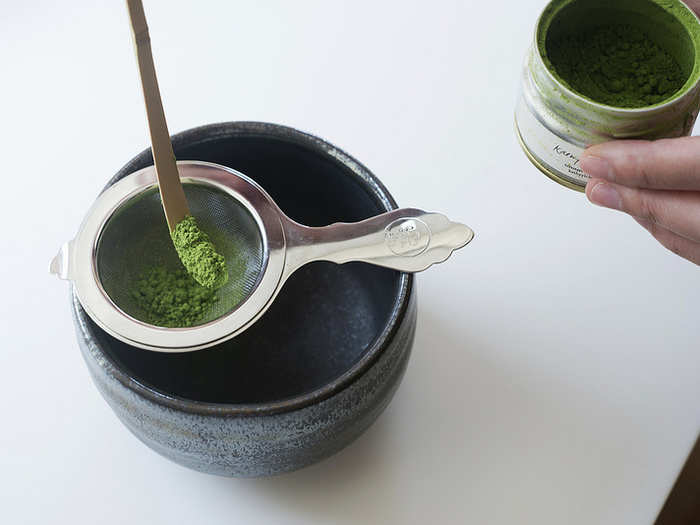
Drinking matcha is a sensory experience: you cup the bowl with your hands, take it to your lips, and breath in all those luscious matcha fumes as you sip. The bowl acts as a sort of dome over your nose and mouth; you can't get that from a teacup. Here, Chan sifts the finely milled tea leaf powder into a ceramic bowl.
Matcha cafés may be popping up left and right, but Chan prefers to drink her matcha at home.
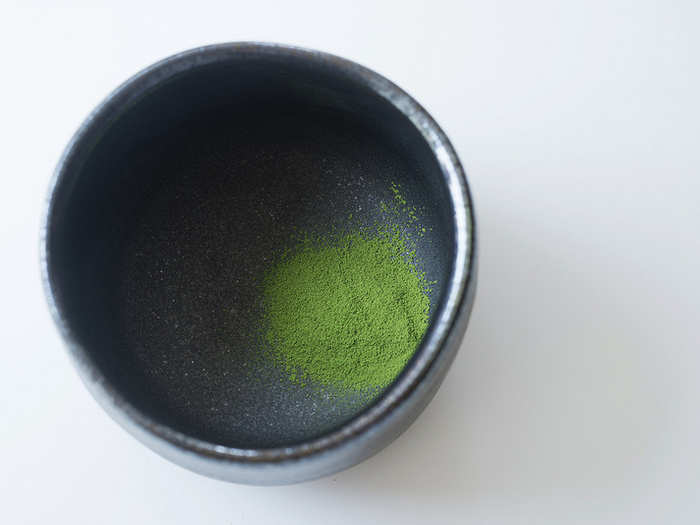
She tells me that matcha is an all-day beverage in Asian households: "They drink it in the morning, afternoon, after dinner." People also use it during meditation to help focus. "Lots of times when I panic, I'll make matcha," she says. It has an adaptogenic quality: if you're frazzled, it calms you; if you're feeling sluggish, it energizes you.
Lesson number three: "Matcha is a suspension." If you let it sit for too long, the powder will settle at the bottom. The idea is to drink it quickly and, ideally, at home.
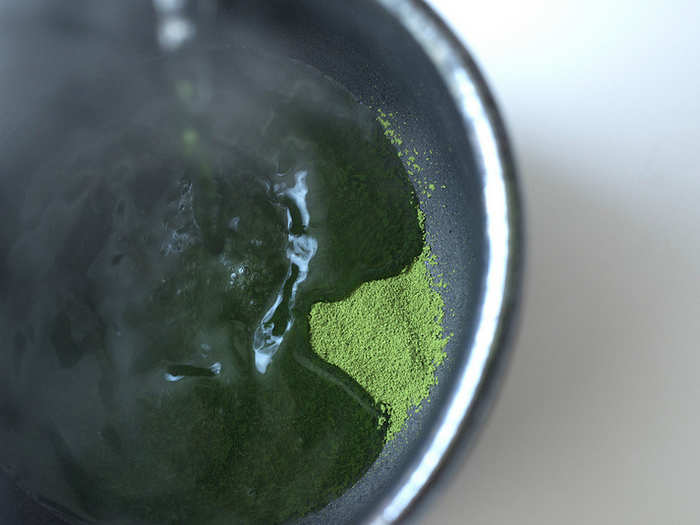
Chan makes matcha simply with hot water and zero sugar. When you mix matcha with steamed milk (regular or non-dairy) "you just get the easy, pleasing part of it." The full flavor of matcha makes you think more, she says. "You're forced to think, What am I tasting? This is so different."
The actual preparation only takes a minute or two — way less time than a cup of coffee.
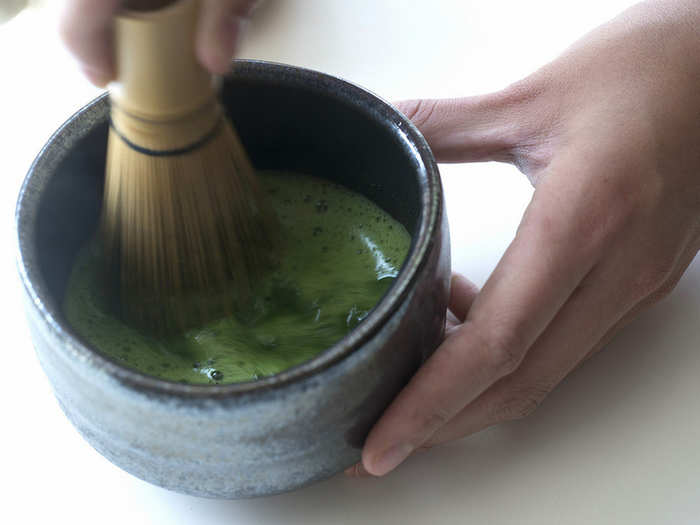
"All you really need is a whisk and a bowl," says Chan. Traditionally, matcha has two preparations: usucha and koicha. Slightly thicker and creamier than regular tea, usucha is the most common. Koicha is "thick like paint" and reserved for tea ceremonies (more on that later). Both usucha and koicha contain only matcha powder and water.
A collector of tea and tea wares, Chan hopes that everyone will try matcha in its simplest form — just tea powder and water — at least once.
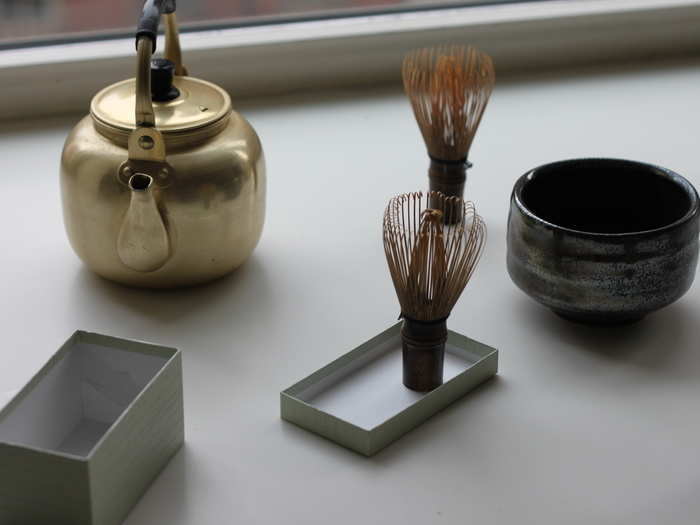
"Lots of people don’t like that seaweed flavor and that bitterness; when you add milk or whatever, that takes it away," she says, before giving me a list of matcha cafés to try.
At Chalait in New York's West Village, I ordered a matcha shot made with "top-grade" powder from a farm in Uji, Kyoto.
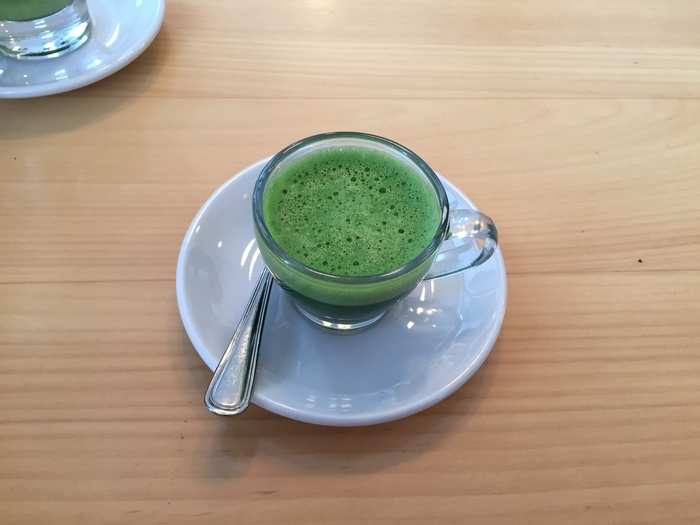
It had the same creamy mouthfeel and slight bitterness as Chan's matcha, but it didn't stay suspended as long. The barista who made it looked a little busy and frazzled, so it's possible he didn't whisk it long enough. Yet another reason to make and drink matcha at home.
Rather than a latte, I ordered a matcha cortado, which is made with a shot of matcha and a splash of steamed milk.
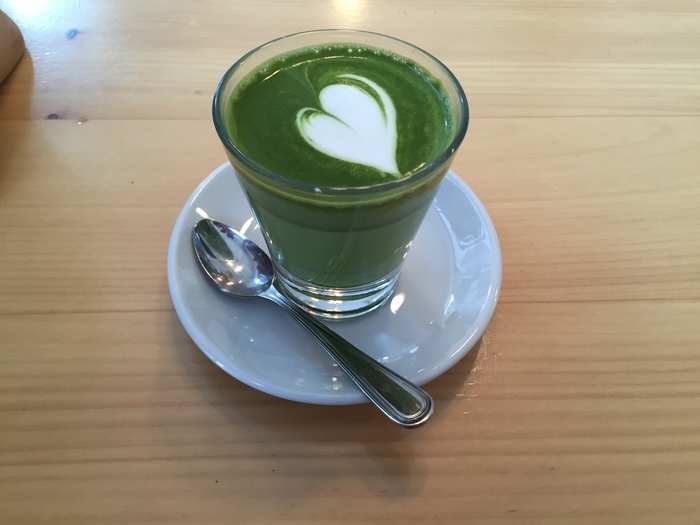
Even with such a small amount of milk, the natural bitterness of the matcha was masked. The seaweed flavor was there, crying out from beneath drink's the frothy surface, and that trademark maltiness remained, but the overwhelming taste was of steamed milk.
While the cortado was unsweetened, the barista told me that all of Chalait's latte-type drinks have "a tiny bit of sugar to help bind" them.
A day later, I headed uptown to Ippodo Tea's tiny New York outpost.
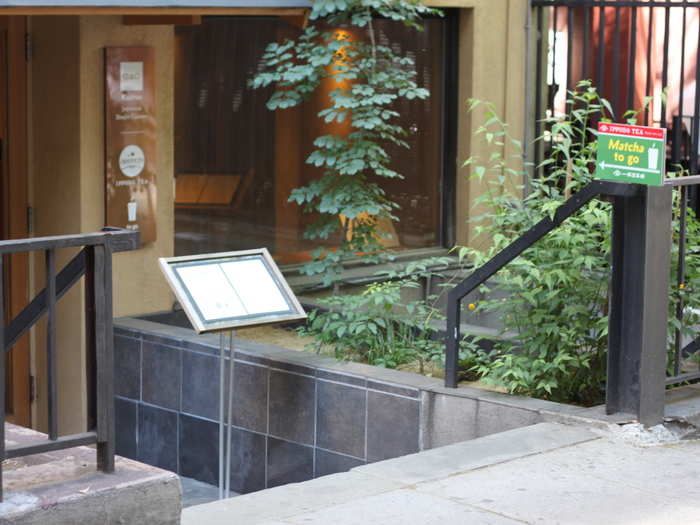
Based in Kyoto, Ippodo has been around for nearly 300 years. It opened a New York store two years ago, offering a simple yet authentic menu of green tea and matcha beverages for tea drinkers on the go.
The top-selling drink is the standard usucha matcha, but matcha lattes are close behind.
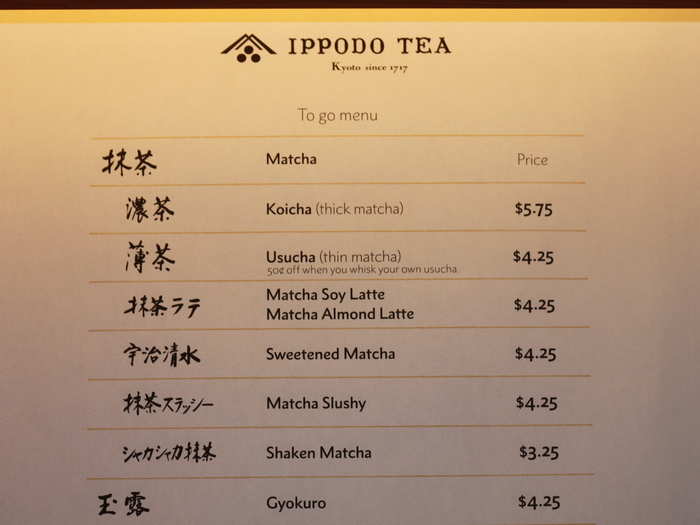
Manager Kato Riichiro says that the demand for matcha really started to take off last year. Although the shoebox-shaped tea bar serves a variety of preparations, Riichiro only drinks usucha. He downs it just like a shot of espresso.
The reason I went to Ippodo was to taste koicha, a thicker preparation that can only be made with premium grade matcha.
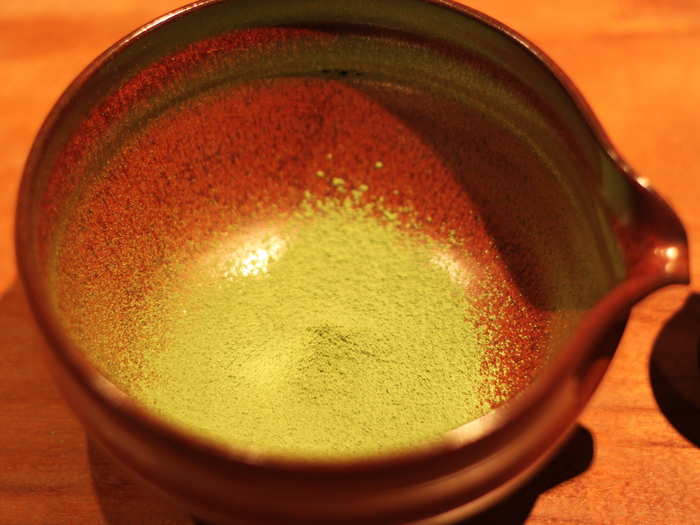
Koicha is served during tea ceremonies. Chan told me that it's a way to experience the flavors of matcha at a more intense level, as koicha is made with less water and uses higher grade tea leaves that are slightly sweeter (to make the drink palatable).
This thicker style of matcha requires a special whisk with different tines.
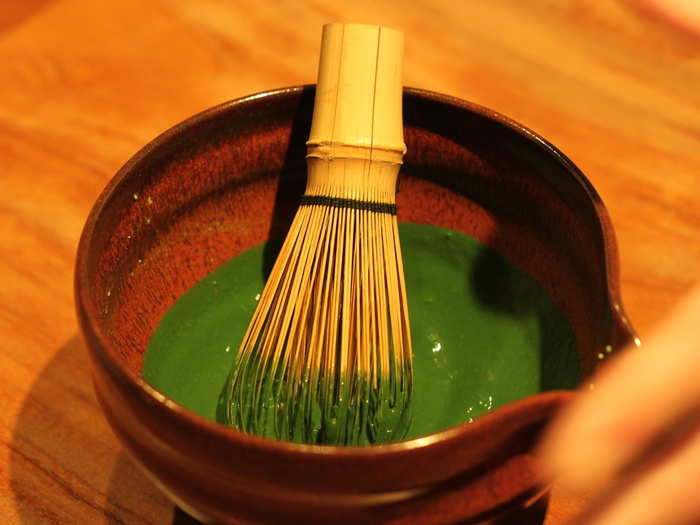
Here's a close-up of the bright green koicha. The consistency is kind of like chocolate sauce.
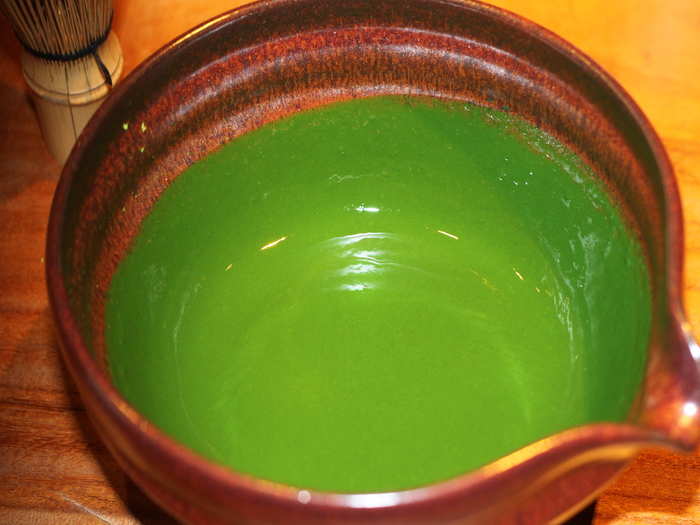
Riichiro poured a small shot of koicha into a cup for me to taste. Immediately I noticed that the seaweed flavor was much more pronounced.
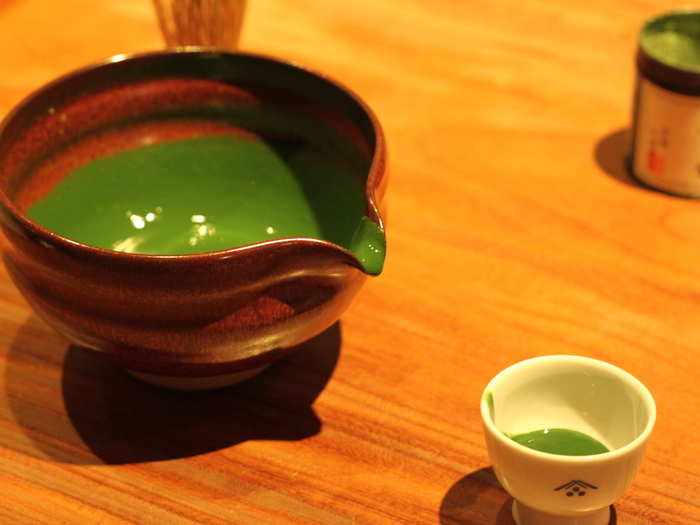
Surprisingly though, even with less water, the drink was not powdery or unpleasant. It's like drinking really thick hot chocolate in Europe — only with a completely different flavor profile.
It was a hot day so I couldn't resist asking him to make me a matcha slushy.
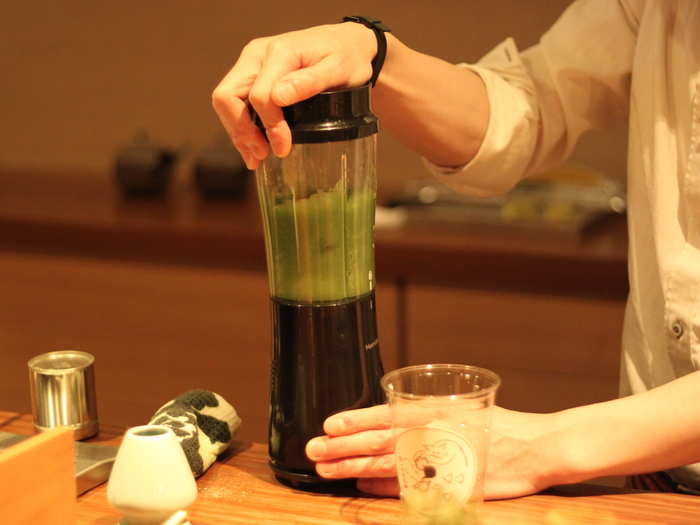
The slushy has no added sugar, but is made with a type of matcha powder that contains sugar. Riichiro told me this is really popular with kids whose parents are coming in for usucha or a latte.
After the drink is blended, it's poured into a to-go cup and sprinkled with sweetened matcha powder.
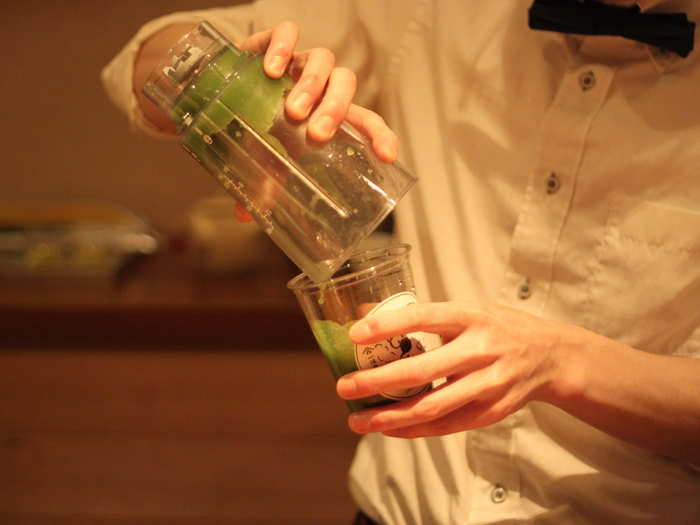
Here's what the sweetened powder looks like. It has a more muted color than the pure matcha.
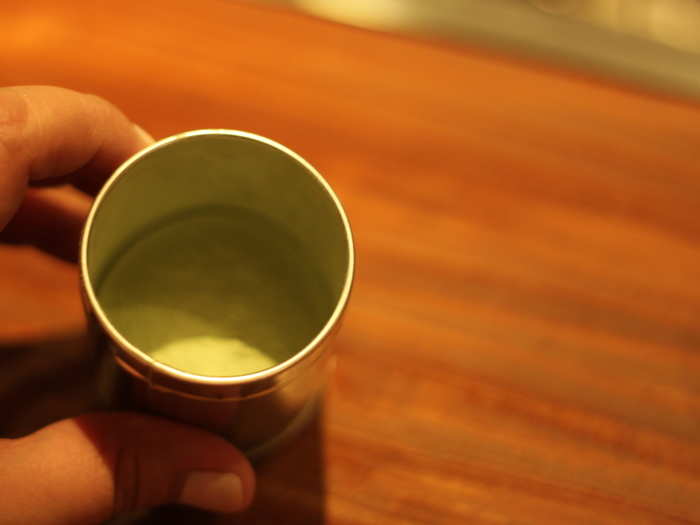
I was excited for this, but doubtful that it would have that trademark bitterness and vegetal quality that usucha has.
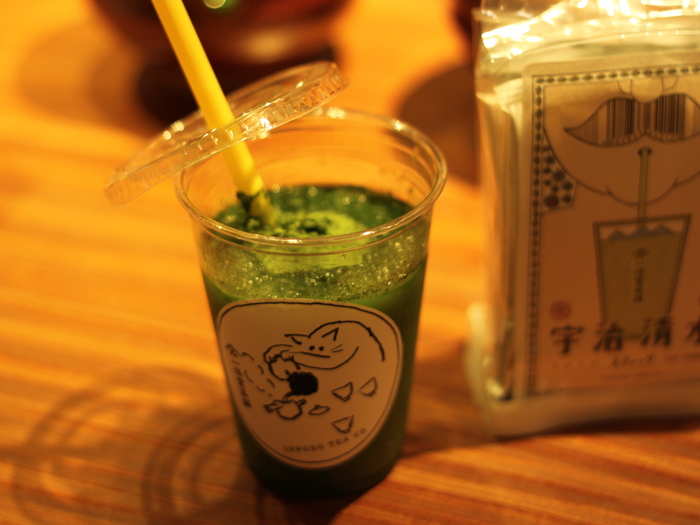
Can't resist pointing out the cat pouring himself a mug of tea on the label. How cute is that?
Surprisingly, all of the flavors I'd come to enjoy were present in the slushy.
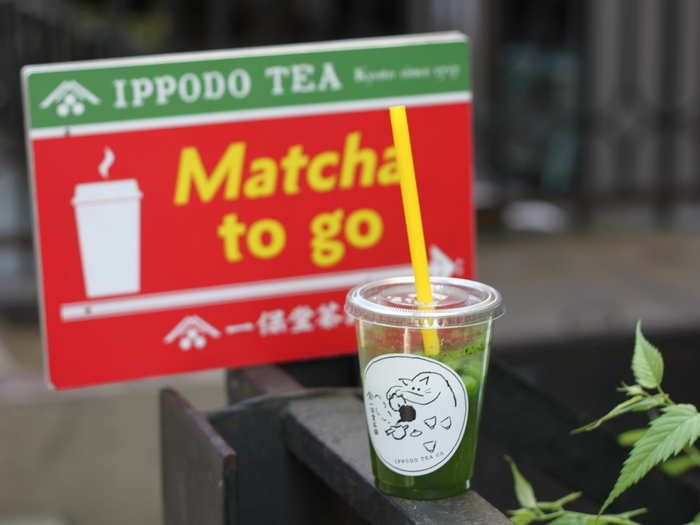
And there was just a whisper of sweetness. I drank it until the last drop. If we're going to riff on the real stuff, this is how it should be done.
Finally, it was time to try mass matcha, or what Chan calls "bottom-tier" matcha. I went to Paris Baguette, a rapidly growing Korean-owned, French-inspired bakery and café.
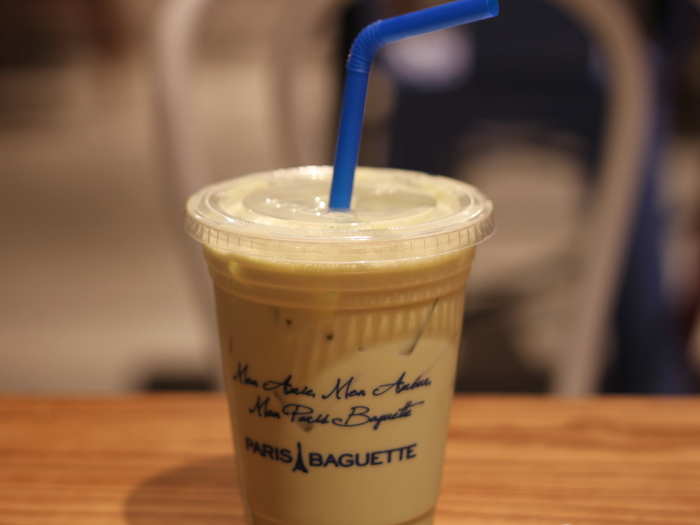
The chain has seven stores in Manhattan alone. Other chain cafés that serve mass matcha (aka sugary matcha with lots of milk) include Starbucks, The Coffee Bean & Tea Leaf, and David's Tea. Since Paris Baguette had just opened in my neighborhood, I popped in and ordered an iced matcha latte.
This is what I thought of Paris Baguette's matcha latte. I drank as much as I could stomach and then I put it where it belongs — in the trash.
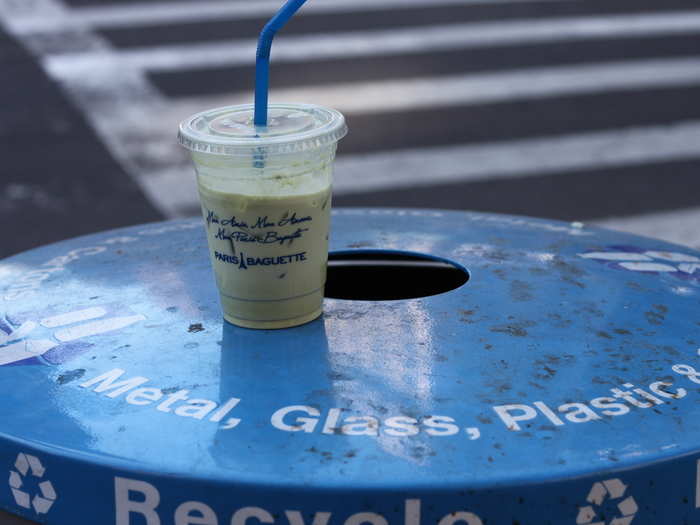
This was basically matcha-flavored Yoo-hoo, or like if you melted a container of Haagen Dazs green tea ice cream and slopped it in a cup. It also has a cloying, horrible aftertaste. I actually felt ill after drinking this.
At the end of the day, you should drink matcha however you like it best, but at least try the real stuff.
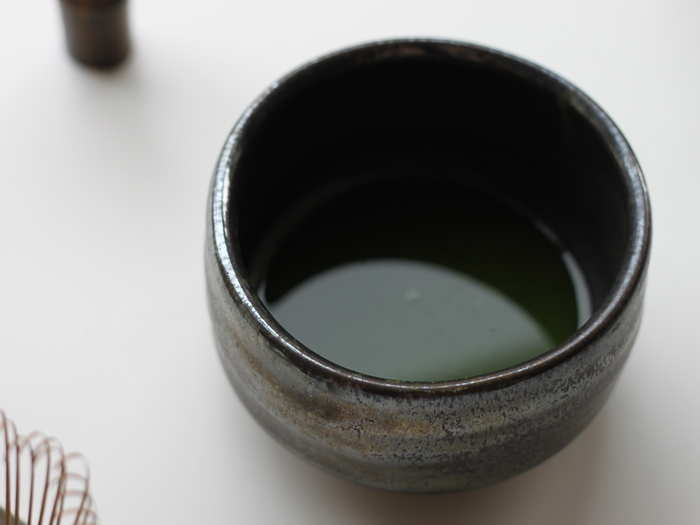
The difference between a matcha latte and a bowl of usucha is like the difference between a caramel macchiato and a beautiful cup of pour-over coffee. The more you have it, the more you'll appreciate (and crave) it. A dose in the morning, afternoon, or evening is a happy, healthy ritual to have in your life.
Popular Right Now
Advertisement